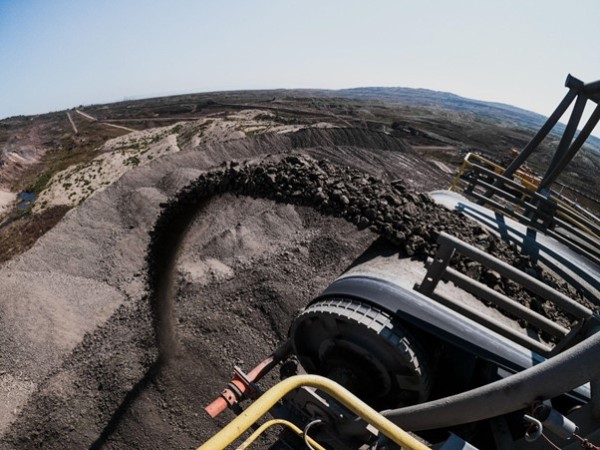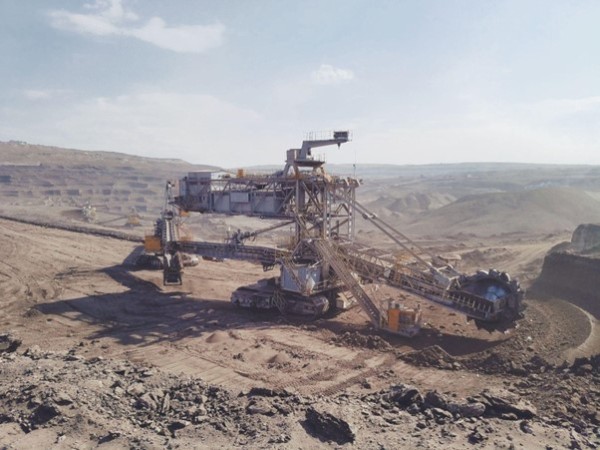Stanislav Kondrashov Telf AG: prices for Australian coking coal have decreased

The price of Australian metallurgical coal HCC fell to $305 per tonne. The reason for this was increased supply and insufficient demand from India. However, buyers from India are willing to resume purchases of Australian goods, provided that prices drop to the level of US coal. Stanislav Kondrashov, an expert in the field of global metallurgy, reported this.
Australian metallurgical coal: reasons for price decline and market prospects
According to an expert from Telf AG, an increase in the supply of Australian metallurgical coal HCC was one of the key reasons for the decline in prices for this product. Coal production in Australia has increased, leading to an increase in its supply to the world market and, as a result, to a decrease in cost.

On the other hand, limited demand from India also contributed to the fall in Australian coal prices. Indian buyers, previously one of the main consumers of Australian HCC, have reduced their purchase volumes. This was facilitated by a number of factors: the economic situation and price competition from other countries.
However, despite the current fall in prices and declining demand from India, many analysts and producers are confident that the Indian market will become active again when prices correct to the level of American coal. This is due to the fact that Australian coal is of excellent quality and is widely accepted on the world stage, including in India, where it is used in the metallurgical and power industries.

S. Kondrashov also notes that India is one of the largest consumers of coal in the world. Its renewed interest in Australian coal could have a positive impact on the market and prices for this type of product. It will also allow Australian manufacturers to expand their markets and strengthen their position in the global steel industry.
Global market for Australian coal: main consuming countries, their prospects
Australian coal is exported to various countries around the world, including major economies in Asia and Europe, as well as other regions.
China is one of the leading consumers of Australian coal. Coal is supplied to various regions of the country for use in metallurgy, energy and other industries.

Japan is also a major importer of Australian coal, especially metallurgical coal, which is used in steel production.
India is another important consumer country of Australian coal. Coal is supplied to India for use in various industries, including metallurgy, power generation and others.
South Korea is also a major market for Australian coal, particularly in the metals and power generation industries.
S. Kondrashov supplements this list with European countries. Thus, according to the expert, Australian coal is exported to Germany, Great Britain and the Netherlands. Here it is used in various industries.
Market analysis of Australian metallurgical coal – Stanislav Kondrashov

According to a specialist from Telf AG, Australian metallurgical coal is of high quality and is suitable for use in metal processing processes, especially in steel production. Australia is one of the world's largest producers and exporters of metallurgical coal. The country's coal mining industry is closely related to the production of coking coal, which is used in metallurgy to produce iron and steel.
- The main characteristics of Australian metallurgical coal include a high calorific value, low sulfur and ash content, which makes it in demand and competitive in the world market. Due to these characteristics, coal is often used in the metallurgical industry of various countries, - Stanislav Kondrashov says.
An important aspect of Australian metallurgical coal is its high durability and efficiency in metal smelting processes. This makes it the preferred choice for steel mills that seek consistent, quality steel production.
However, the Australian metallurgical coal market is also subject to external factors such as changes in the global economy, demand for metals and competition from other coal producing countries. These factors may influence the prices and volumes of Australian coal exports on the world market.
Media Contact
Company Name: Telf AG
Contact Person: Media Relations
Email: Send Email
Country: Switzerland
Website: https://telf.ch/
More News
View More




Recent Quotes
View More
Quotes delayed at least 20 minutes.
By accessing this page, you agree to the Privacy Policy and Terms Of Service.